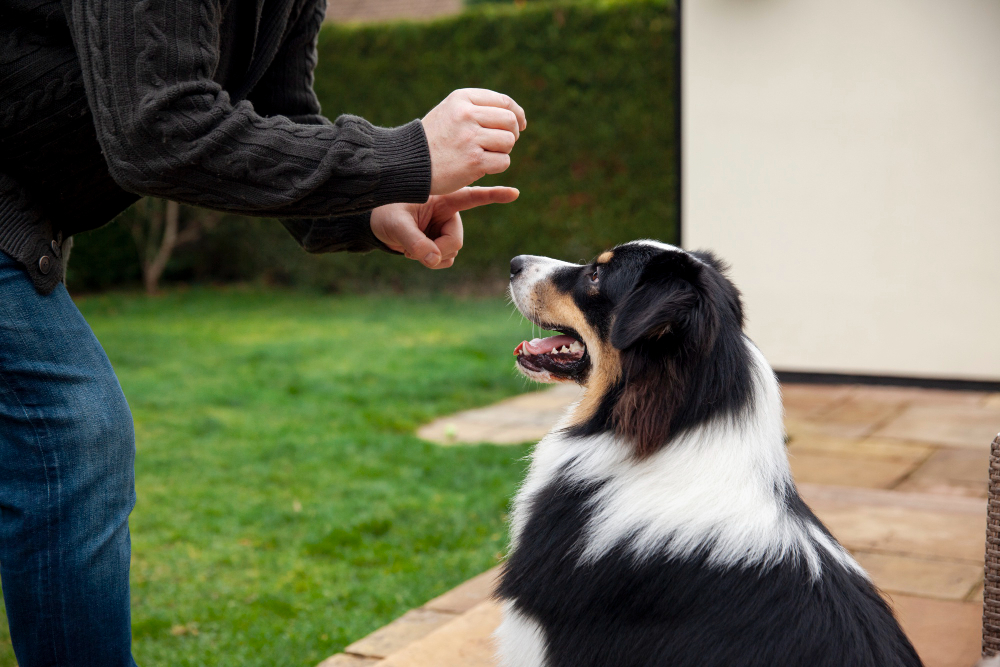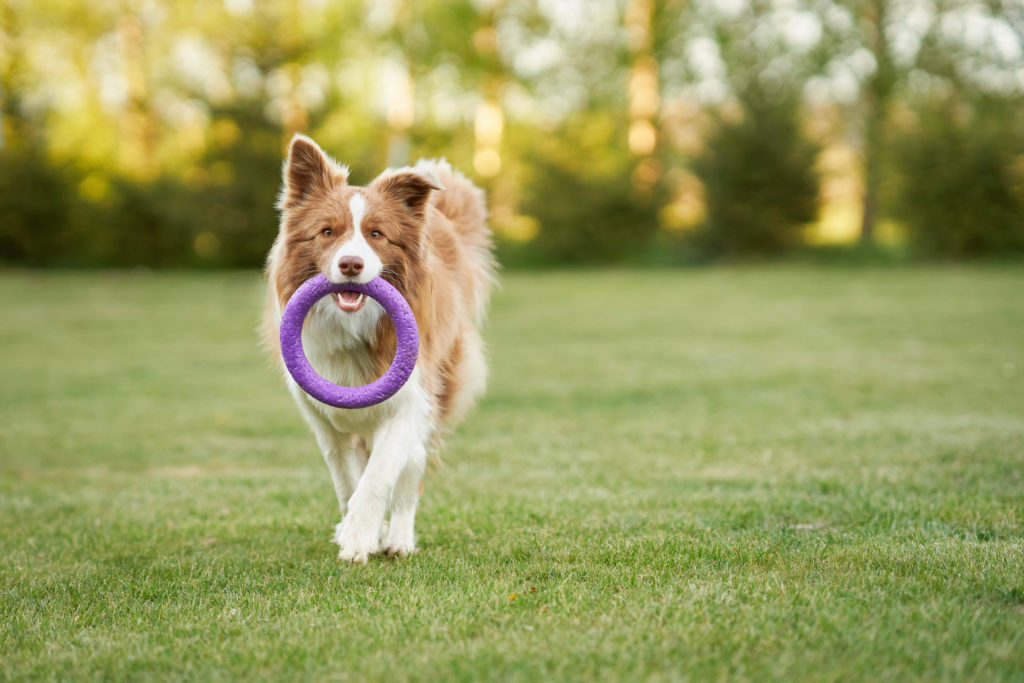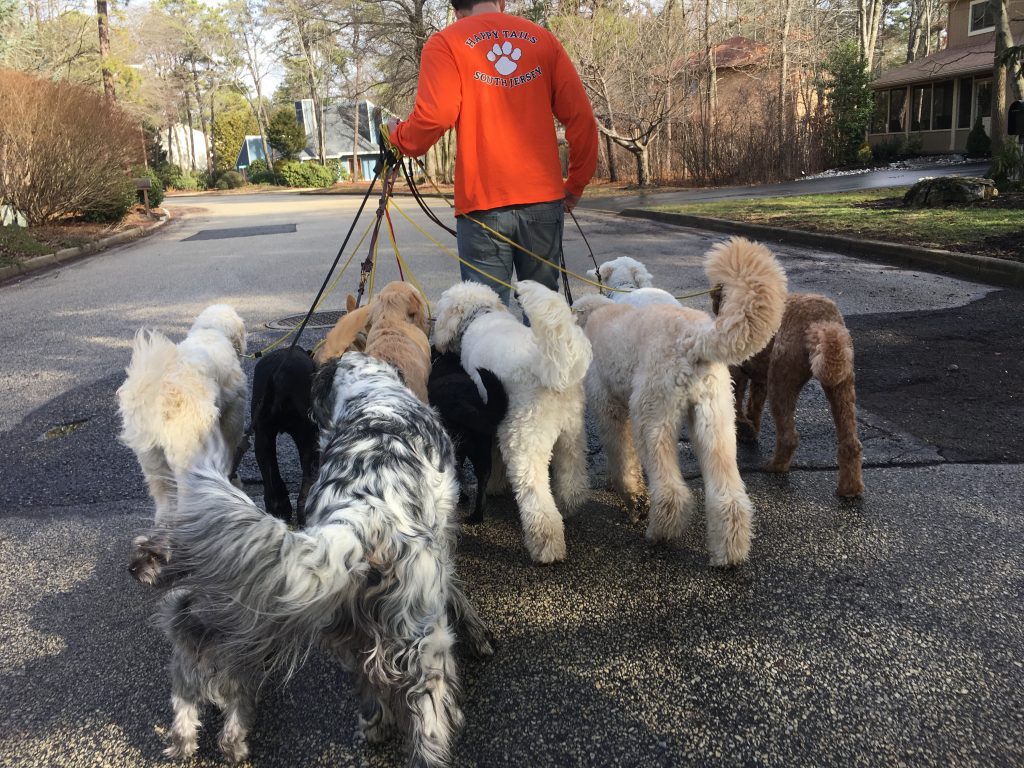Walking your dog is a great way to bond and keep both of you active and healthy. However, if your furry friend has a habit of scavenging during walks, it can turn a pleasant outing into a frustrating experience. Let’s explore the reasons behind scavenging behavior and some practical tips on how to stop your dog from rummaging through every interesting scent and object in sight.
Understanding the Root Cause:
Before addressing the issue, it’s essential to understand why dogs scavenge. Dogs explore the world primarily through their noses, and scavenging is a natural behavior driven by curiosity, the desire for new scents, and the instinct to investigate their surroundings. Additionally, some dogs may scavenge due to boredom or anxiety.
Tips to Prevent Scavenging:
Training and Recall Commands:
- Teach your dog basic obedience commands like “leave it,” “drop it,” and a strong recall command.
- Practice these commands in a controlled environment before using them during walks.
Use a Leash:
- Keep your dog on a leash to have better control over their movements.
- A retractable leash can be useful for adjusting the length, allowing more freedom in open areas while maintaining control in crowded or tempting places.
Provide Mental and Physical Exercise:
- Tire your dog out before walks with play sessions or mental stimulation activities like puzzle toys.
- A tired dog is less likely to be overly interested in scavenging.
Use a Head Collar or No-Pull Harness:
- Head collars and no-pull harnesses provide better control over your dog’s head, making it easier to redirect their attention.
- Introduce these tools gradually and ensure your dog is comfortable with them.
Be Mindful of the Environment:
- Avoid areas with excessive trash or discarded food during walks.
- Steer clear of places where other animals frequent, as your dog might be more tempted to scavenge in these locations.
Reward Good Behavior:
- When your dog ignores tempting items or responds to your commands, reward them with treats, praise, or play.
- Positive reinforcement reinforces the desired behavior.
Consistency is Key:
Be consistent in your training efforts and expectations.
Enlist the help of family members or anyone who walks the dog to ensure everyone is on the same page.
Conclusion:
By understanding the reasons behind scavenging behavior and implementing consistent training and preventative measures, you can enjoy walks with your dog without the stress of constant scavenging. Remember, patience and positive reinforcement are crucial in modifying your dog’s behavior.
Are you struggling with your furry friend’s behavior? Unlock the full potential of your dog with expert dog training in NJ provided by Happy Tails of South Jersey, LLC. We can tailor training programs to suit your dog’s individual needs. Schedule your consultation today!












